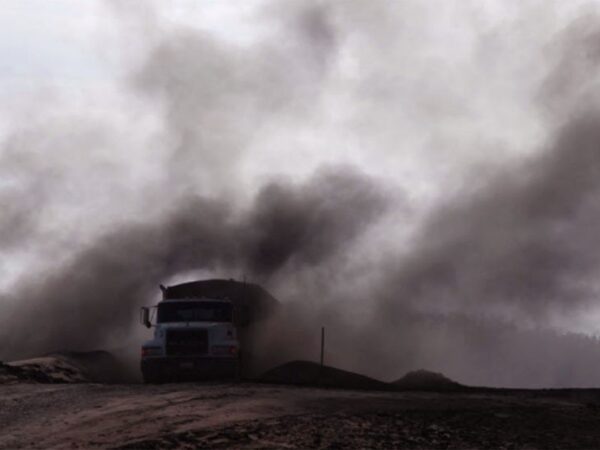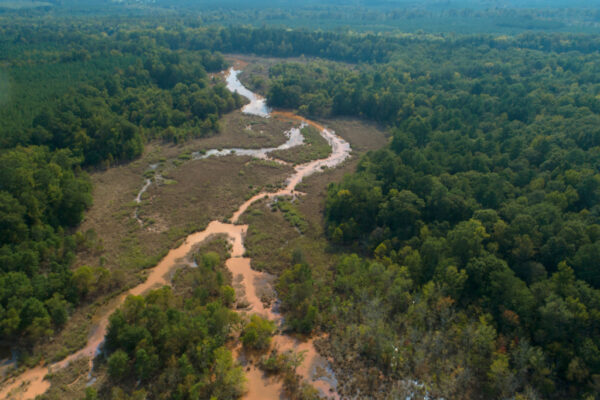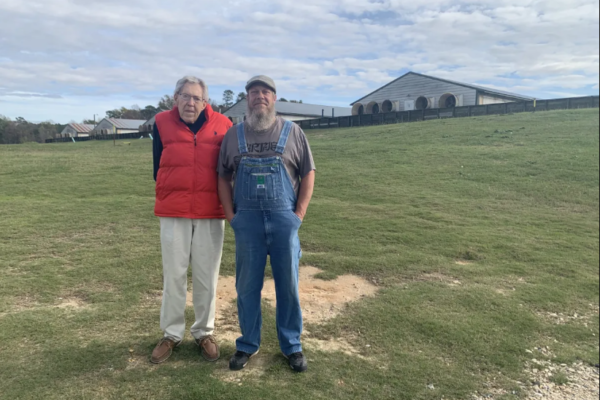By: Earth Justice, January 11
For the first time, the federal government is enforcing rules that require the coal industry to clean up toxic coal ash waste. This pollution can leak into groundwater and drinking water sources. Earthjustice was deeply involved in passing the original coal ash rules as part of our mission to secure clean air and drinking water for all. Since then, we've been fighting in court to make sure the government upholds them.
Coal ash is the leading source of water contamination in the U.S.
- Coal ash contains a long list of toxic chemicals, including arsenic, radium, and other carcinogens, as well as several metals that can impair children’s developing brains.
- There are 738 regulated coal ash dump sites in the U.S. Coal ash ponds hold enough ash to fill train cars that circle the earth more than 5 times over.
- According to analysis of the industry’s own test results, 91 percent of coal plants severely polluted the underlying groundwater to levels that exceed federal safe standards for drinking water.
- Coal plants are disproportionately located in communities where people suffer higher incidences of cancer, asthma and more.
The EPA just told several coal plants they must follow federal rules about how coal ash is managed.
- On January 11 the EPA responded to nine power plants that applied to delay closure of their toxic ash ponds.
- The EPA did not grant any of the nine applications: it rejected three outright, found four incomplete and one ineligible, and indicated it would only conditionally approve one application after compliance violations were resolved.
- This is the first time the EPA is interpreting and enforcing the federal government’s rules on coal ash since those rules were passed in 2015. The Trump administration tried to roll back the rules, even after a federal court sided with Earthjustice and ordered the government to strengthen coal ash regulations.
- Most coal facilities have taken measures to hide toxic coal ash contamination and leave their plants in a condition that will permanently plague local communities with hazardous chemicals. The EPA needs to reverse this course and hold utilities responsible for cleanup and safe closure of toxic ash ponds.
- Today marks the first step of this process. The EPA’s decisions will have wide application and set a precedent for the hundreds of U.S. coal plants and the coal ash ponds and landfills they manage.
[View a map of coal plants contaminating groundwater]
The EPA’s decisions establish that:
- Coal ash ponds can’t be closed with ash sitting IN groundwater. Across the nation, at least 150 ash ponds are within five feet of groundwater, with a lot of those sitting in direct contact with the water. Leaving ponds of toxic waste in contact with groundwater creates never-ending leaching of dangerous chemicals like arsenic, cobalt, cadmium, lead and radium, which can cause cancer and neurological harm.
- Coal plant operators must clean up groundwater contaminated by coal ash and cannot get away with “do-nothing” solutions that simply wait for the toxic metals to be diluted or flow into the nearest drinking water well or surface water.
- Coal plant operators must openly and honestly determine the extent of water contamination caused by coal ash at their plants and can no longer hide behind intentionally false sampling and analysis that conceals the true extent of the poisoned groundwater.





